The drone market is primarily driven by the professional and prosumer photography and filmmaking sectors. With prosumer and sub-$4,000 drones providing commercial-level quality and advanced flying functions that were once only found in the most expensive equipment, the line between the two is gradually blurring.
The vast selection of commercial drones for still and moving image capture is a formidable challenge. Before you rush out and buy the first Mavic you come across for your business photography needs, take some time to appreciate the nuanced diversity of UAV hardware out there and understand the strengths and weaknesses of the current offerings across a wide range of applications and budgets.
We sought the advice of experts in the fields of videography and photography. We’ve compiled a list of the best commercial photography and movie drones, along with some helpful hints for picking the ideal one for your company.
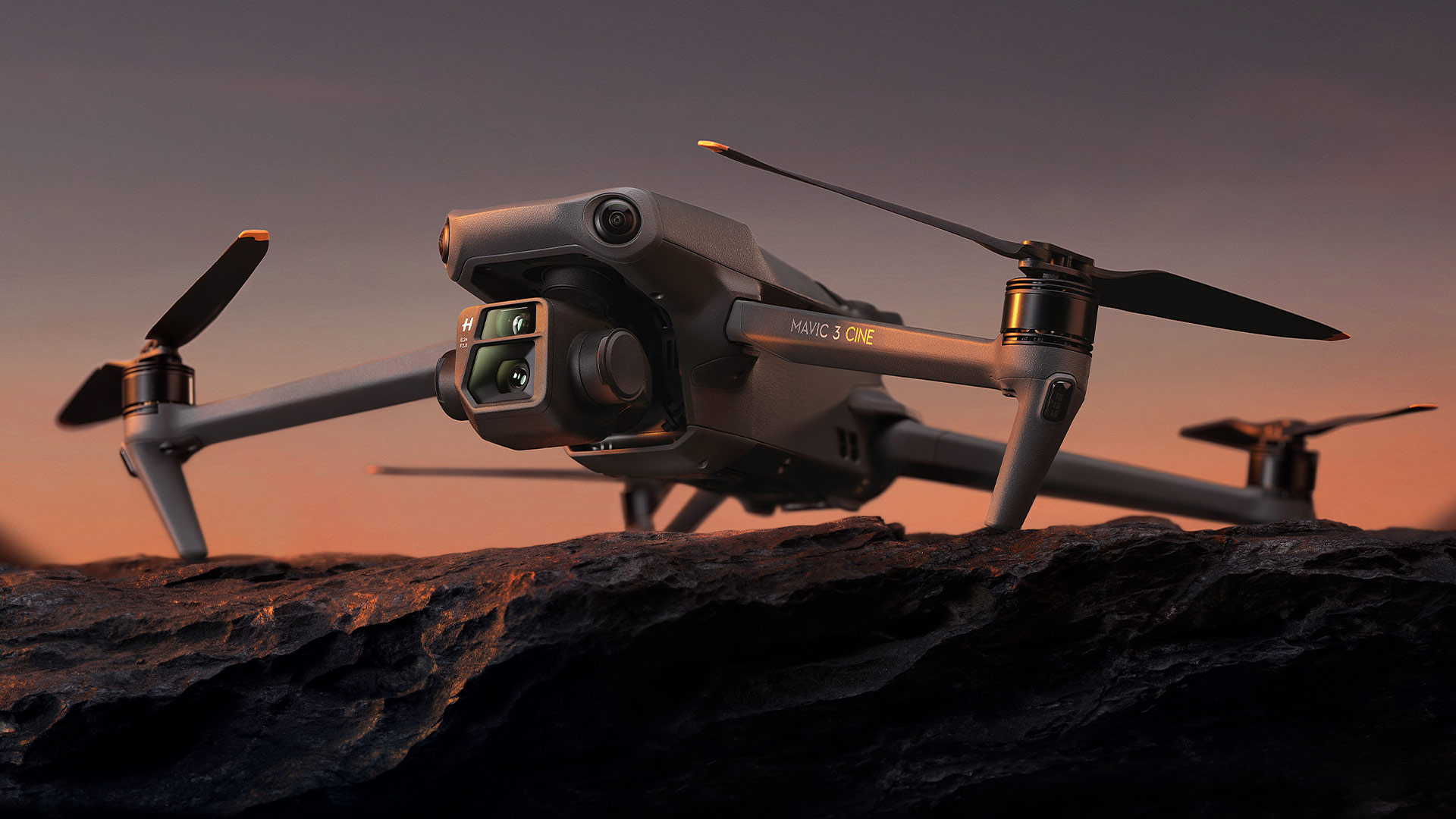
DJI Mavic 3
Our top selection, the DJI Mavic Air 3, is a strong and reliable quadcopter. The new version continues the tradition of excellence that has made previous Mavic models so popular.
The new Mavic 3 has a better camera than the Mavic 2, with a 4/3 CMOS Hasselblad camera and a lightweight lens that is equivalent to 24mm. It supports Apple ProRes 422 HQ encoding and can record up to 5.1K at 50 frames per second or 4K at 120 frames per second, providing superior image quality and editing leeway.
It’s also an impressive aircraft in its own right. The flight itself only took 46 minutes, which is a significant improvement over previous times. With the Mavic 3’s directional obstacle detecting, enhanced APAS 5.0, and Advanced RTH, pilots may take off and land with complete confidence.
This drone represents the pinnacle of consumer technology at a surprisingly low price, despite the fact that it is not a professional rig (e.g., the camera system is fixed and the four rotors cannot compare to the six-rotor steadiness of a pro rig).
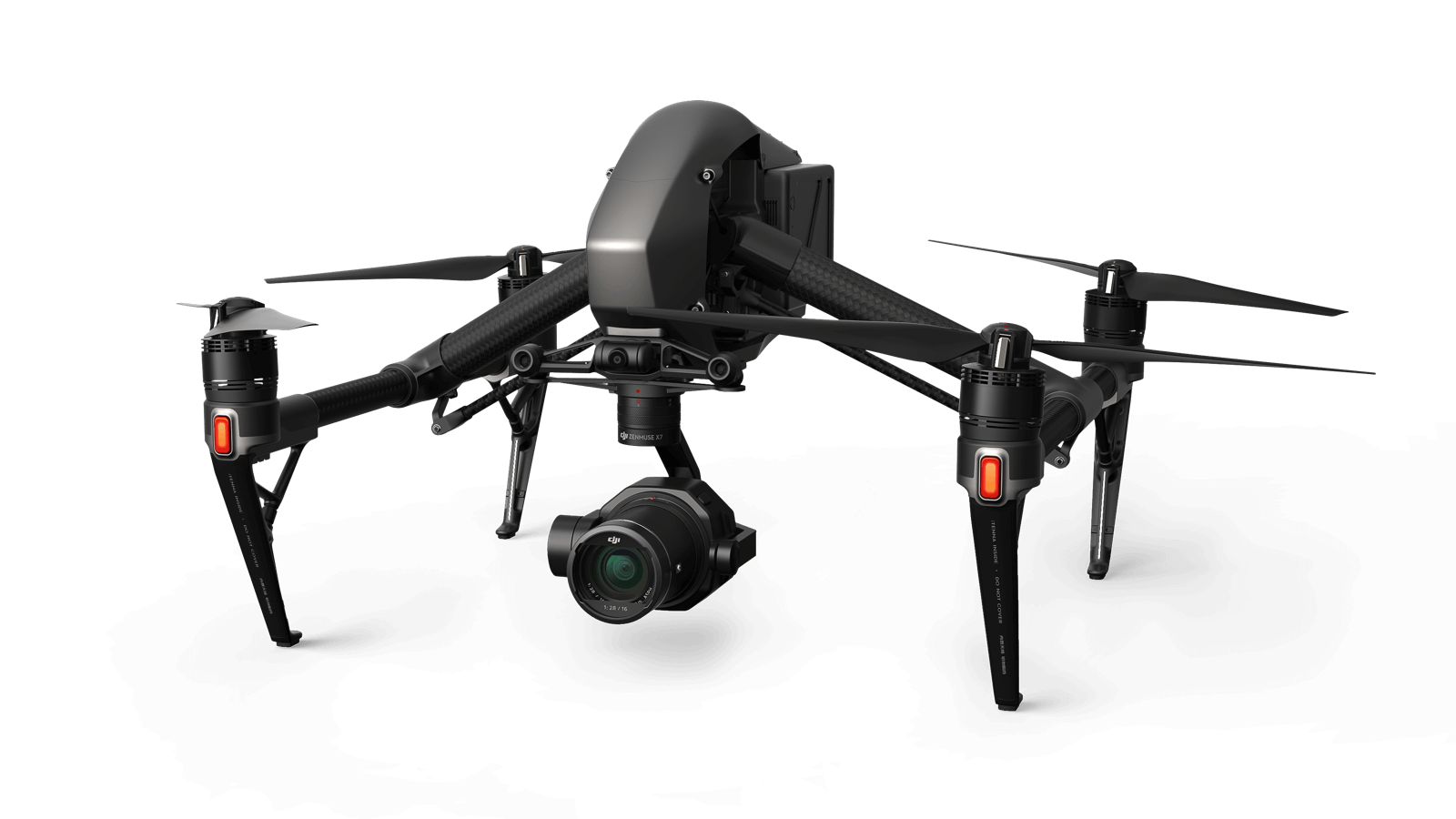
DJI Inspire 2
Best versatile filmmaker’s tool
The DJI Inspire 1 was the unmanned aerial vehicle (UAV) platform that truly revolutionised aerial cinematography. The newest member of the Inspire family, the Inspire 2, was developed with cinematography in mind and adds to the success of its predecessor, the Inspire 1.
The Inspire 2’s standout feature is the use of a separate first-person-view (FPV) camera to provide a live feed to the pilot, freeing them to control the cinema camera on their own. This essentially transforms Inspire 2 into a cordless Steadicam, capable of following a couple of people down the hall or swooping down to capture an overhead shot of a speeding boat in Florida’s emerald waters.
The Zenmuse X4S gimbal camera on the entry-level Inspire 2 contains a 1-inch sensor and 20 megapixels. At a price of less than $4,000, it’s well within the budget of a single film student. The Pro model’s M4/3 sensor captures 20.8 megapixel stills and Apple ProRes video at up to 5.2 megapixels in resolution, but it also costs $11,000. The Zenmuse X7, in its Cinema Premium iteration, features an S35 image sensor, 6K CinemaDNG RAW, and a broad dynamic range of up to 14 stops. This kit, which costs well over $20,000, is employed on some of the most high-profile film sets in the world.
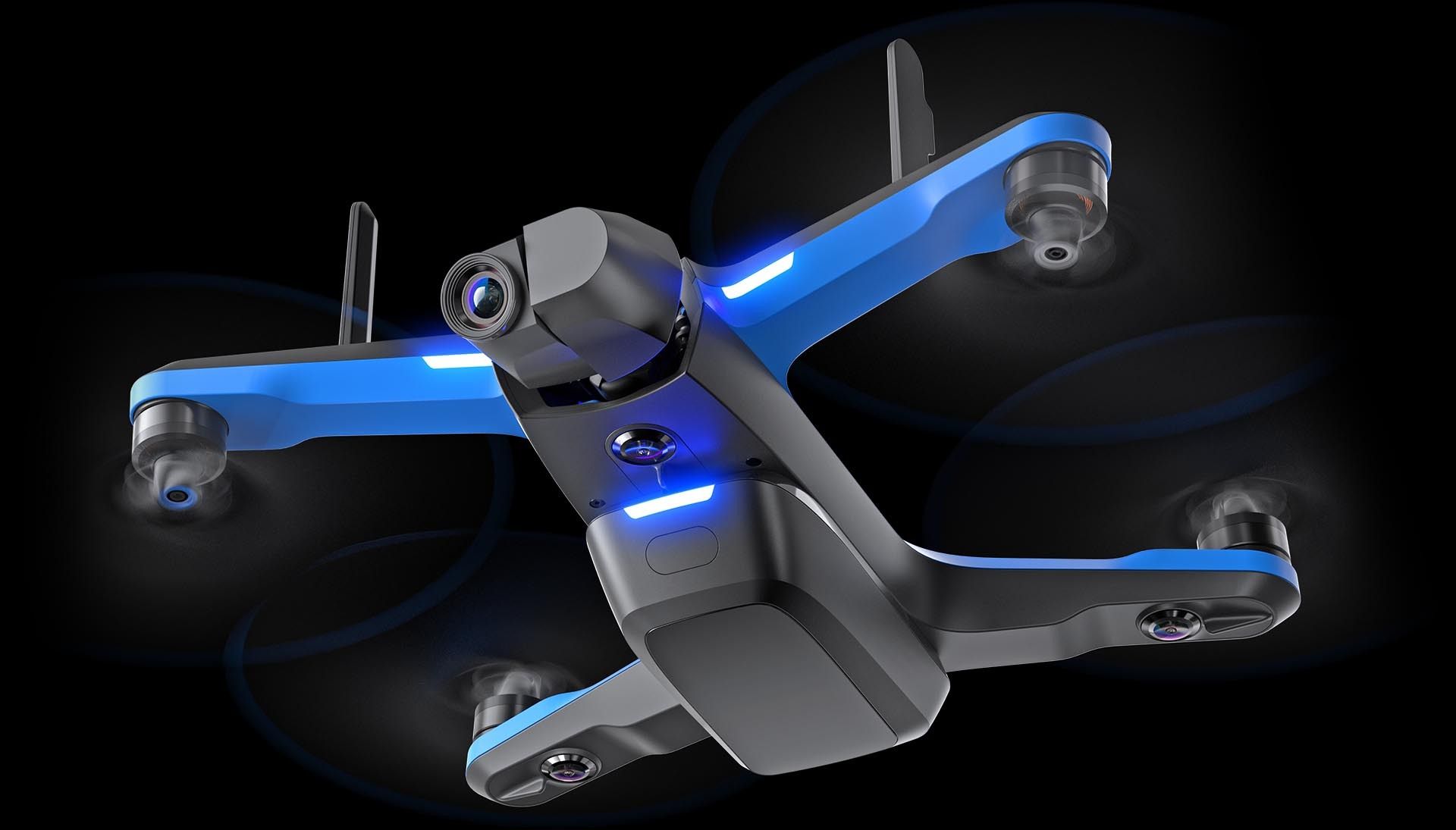
Skydio 2+
Best drone for actions sports photography
Skydio has managed, for reasons we do not fully understand, to squeeze an outstanding sensor and AI bundle into a platform that sells for just over $1,000. Although designed for prosumers, this drone could prove useful in professional settings if you ever find yourself in need of a follow-along photography drone that can track a beacon (and is fully controllable with a game controller).
In follow mode, the drone follows the portable beacon and utilises GPS and AI to plot a cinematic path that follows the subject as it moves. Test film shows that the drone can successfully follow an ATV rider through the woods despite the presence of obstacles, including trees, in a way that other, more expensive systems are unable to. The drone’s compact size belies the power of its sensor set, which records breathtaking 4K60 HDR video and snaps 12.3MP HDR photographs. The drone is equipped with six 4K navigation cameras, for a grand total of 45 megapixels.
The Skydio 2+ is powered by a blazing-fast NVIDIA Tegra X2 system-on-chip (SoC), which has 256GPU cores and can perform 1.3 trillion operations per second. The hardware is marketed by the firm as a “flying supercomputer.”
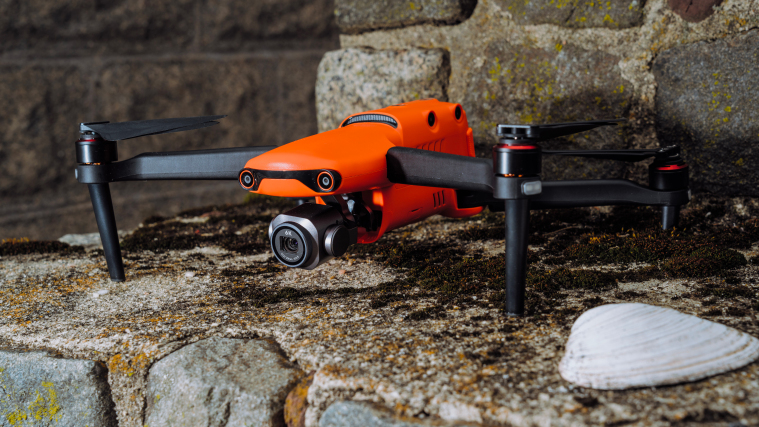
Autel Evo II Pro
Best portable drone
A fantastic alternative to DJI products, this drone excels at capturing still images and moving video. The Evo II Pro, like the Skydio, can monitor many targets at once, determine their precise trajectories in advance, and do so in real time. It’s a flexible, agile platform, which is particularly impressive given the number of sensors it carries.
It is evident that image is at the heart of what the Evo II Pro does well, as evidenced by the presence of 19 sets of sensors, including 12 visual sensors, the main camera, ultrasound, IMUs, and other sensors that enable the construction of three-dimensional maps and path planning in real time. The EVO II Pro makes use of Sony’s latest generation of supersensitive CMOS sensors to take stunning low-light images, and it supports video resolutions up to 6K with better dynamic range and stronger noise suppression. It’s a photographer’s dream come true with manual control over ISO and aperture, as well as some unexpected gimmicks like hyper-lapse 6K photography and 4K HDR recording.
This lightweight and compact device can be in the air for 40 minutes at 45 mph, making it a fantastic travel companion and an excellent tool for action photography.
Importance Of Drone Cameras
Drone cameras have revolutionized the way we capture and perceive images and videos. These cutting-edge drones have opened up a whole new world of possibilities by providing an aerial view previously only reserved for professionals such as pilots and photographers. With their advanced technology and compact size, drone cameras are not only accessible and easy to use, but they also offer an unparalleled perspective. This makes them ideal for capturing breathtaking landscapes, filming events, and monitoring hard-to-reach locations. The importance of drone cameras cannot be overstated, as they have transformed several industries, including film and photography, security, and agriculture. As technology continues to evolve, the role of drone cameras will only continue to expand, reaffirming their place as a valuable asset in the digital age.
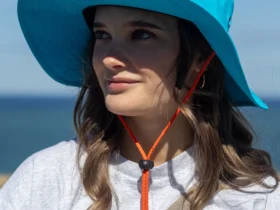
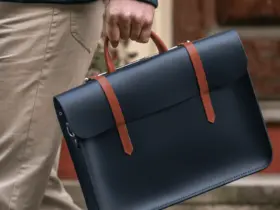

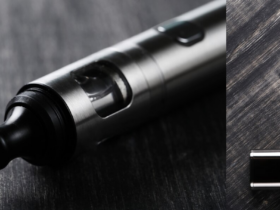

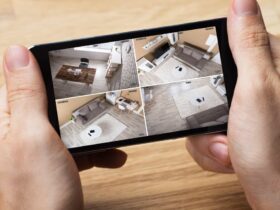
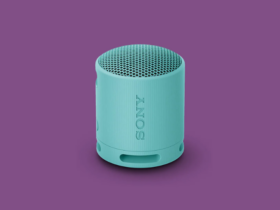
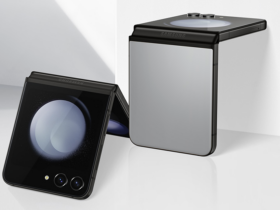

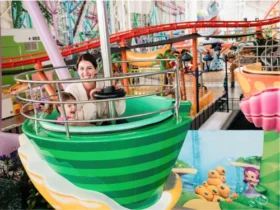
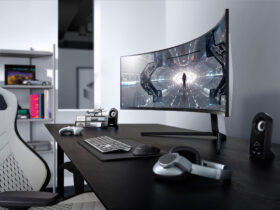
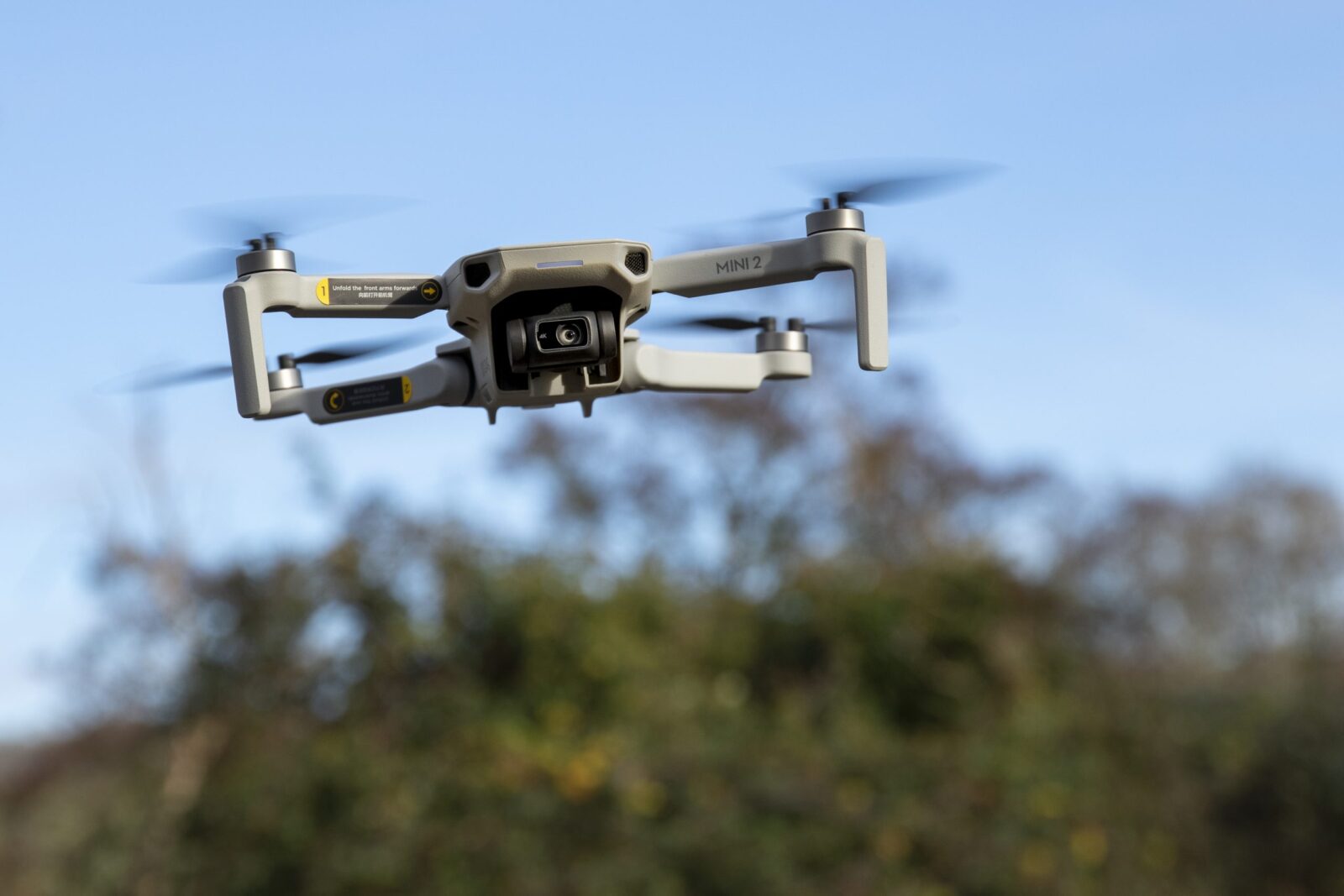


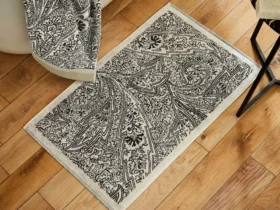

Leave a Reply